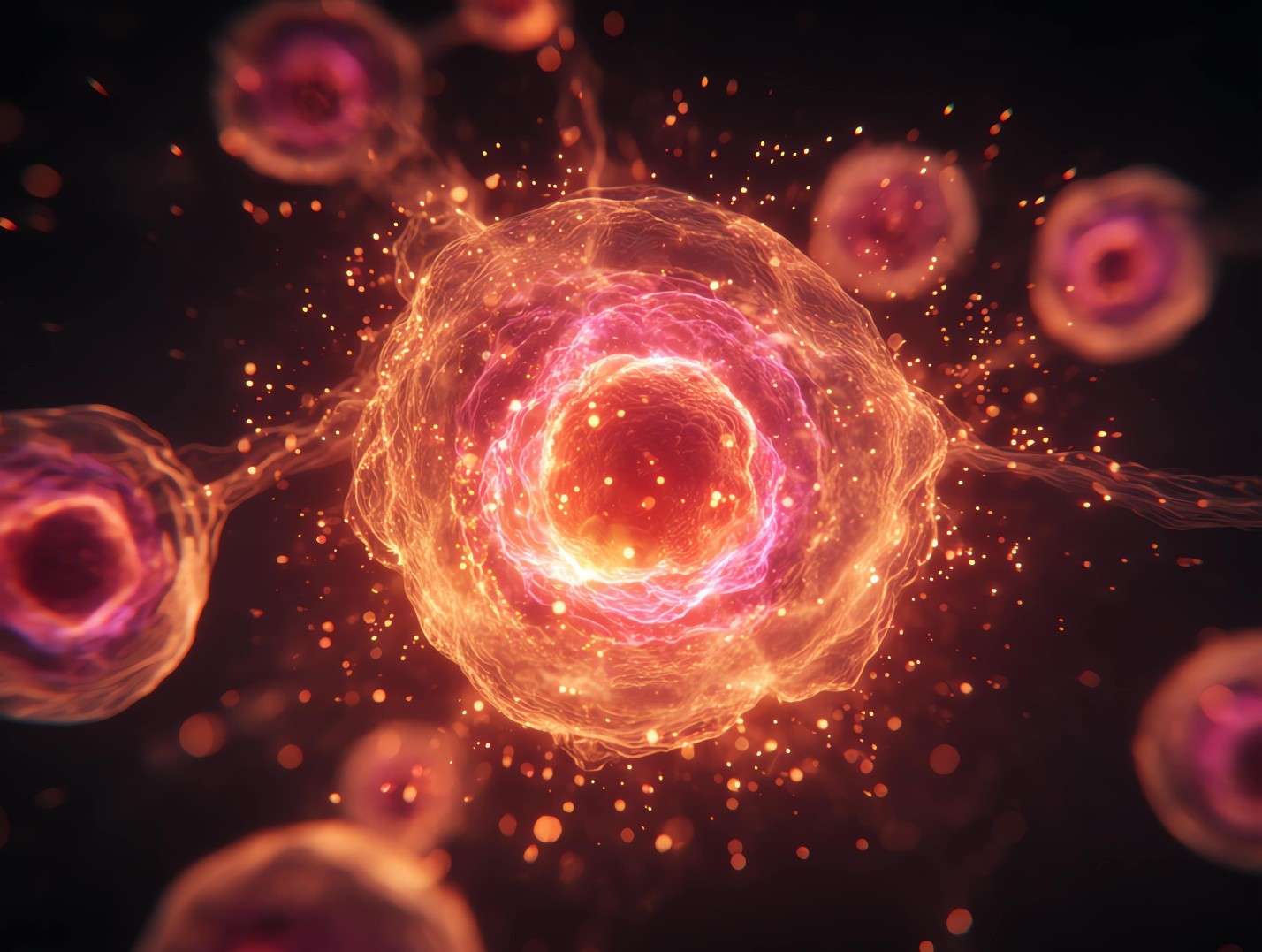Red light therapy has quickly gained recognition as a promising wellness treatment that blends science with accessibility. Once limited to medical and clinical research, this technology is now appearing in spas, fitness centers, and home devices around the world. At its core, red light therapy is not simply about surface-level skin rejuvenation or muscle recovery. Platinum Therapy Lights reviews have discussed that its power comes from something much deeper inside the body, the mitochondria, often referred to as the powerhouse of the cell. To understand why red light therapy is so widely discussed, it helps to look closely at how it supports mitochondrial function and fuels the production of adenosine triphosphate, or ATP, the molecule that keeps every cell alive and active.
Understanding the Mitochondria
Mitochondria are tiny organelles found in nearly every cell in the human body. They act as biological engines, converting the nutrients we consume into usable energy. This energy appears in the form of ATP, which provides the fuel for almost all cellular activity. Whether it is a muscle contracting, a neuron firing, or a skin cell repairing damage, ATP is the driving force that makes it possible.
When mitochondria are functioning efficiently, the body feels energetic, resilient, and well balanced. When they are not, fatigue, slow healing, and various age-related or metabolic issues can develop. That connection between mitochondrial health and overall vitality is the reason scientists have explored how external factors like light might enhance or restore their performance.
The Science Behind Red Light Therapy
Red light therapy, sometimes called photobiomodulation, uses specific wavelengths of red and near-infrared light to stimulate biological processes. Typically, these wavelengths fall between about 630 and 850 nanometers. Unlike ultraviolet light, which can damage DNA, red and near-infrared light are non-ionizing and penetrate deeply into tissue without causing harm.
The key idea is that these wavelengths are absorbed by light-sensitive molecules inside the mitochondria, most notably cytochrome c oxidase, an enzyme in the respiratory chain. This enzyme plays a crucial role in the final step of ATP production, helping transfer electrons and combine oxygen with hydrogen to form water and release energy.
When red or near-infrared light reaches this enzyme, it appears to reduce the natural inhibition caused by nitric oxide, a molecule that can block oxygen from binding properly. By freeing the enzyme from that blockade, red light therapy allows the mitochondria to use oxygen more efficiently, which in turn leads to higher ATP output.
From Light to Energy
To make the process easier to visualize, imagine sunlight hitting a solar panel. The photons from the sun excite electrons, which then generate electrical energy. Something similar happens inside the body. The photons from red and near-infrared light excite the electrons in the mitochondrial enzymes, boosting the flow of energy through the cellular system.
The result is an increase in the cell’s energy reserves. With more ATP available, cells can perform their normal functions faster and more effectively. That means muscle tissue may repair more quickly, skin may regenerate more smoothly, and inflammation may decrease as cellular metabolism improves.
The Broader Biological Effects
While the direct target of red light therapy is the mitochondria, the downstream effects can be felt throughout the body. Improved mitochondrial function can help modulate oxidative stress, the imbalance between free radicals and antioxidants. With more balanced oxidative activity, cells experience less damage and inflammation.
Additionally, red light therapy influences the production of signaling molecules that regulate circulation and tissue repair. The improved blood flow delivers oxygen and nutrients more effectively to damaged or stressed areas, further supporting recovery and resilience. Many users report enhanced muscle endurance, faster post-workout recovery, and improved cognitive clarity, which are all consistent with a system that has better cellular energy management.
Accessibility and Practical Use
What makes red light therapy appealing is that it merges high-level biochemistry with practical usability. Clinical and laboratory studies have validated its mechanisms, yet individuals can access it at home through LED panels or handheld devices. The light exposure is typically brief, ranging from a few minutes to around twenty minutes per session depending on the target area and intensity.
For safety and effectiveness, the light source must deliver the correct wavelength range and intensity. Lower quality products may not penetrate deeply enough or may emit inconsistent light. When applied correctly, however, the therapy is considered safe, noninvasive, and free of significant side effects.
The Future of Mitochondrial Wellness
The growing field of photomedicine continues to uncover new ways that light influences biological systems. Researchers are investigating how red light therapy might support neurological health, metabolic balance, and even longevity by maintaining mitochondrial efficiency over time. Because mitochondrial decline is linked to aging and chronic disease, improving their performance could hold far-reaching implications for preventive health and quality of life.
For wellness enthusiasts and science-minded individuals alike, red light therapy represents an intriguing bridge between traditional biology and modern technology. It invites people to think of light not only as something that illuminates but as something that energizes at the most fundamental level.
A Light-Driven Future
As the understanding of mitochondria deepens, so too does the appreciation for how subtle environmental factors shape health. Red light therapy provides a vivid example of how an external, natural stimulus can have measurable internal benefits. By helping mitochondria do their job more efficiently, it essentially helps every cell in the body perform at its best.
In a world where people seek solutions that are both evidence-based and noninvasive, red light therapy stands out as a scientifically grounded method for enhancing vitality. It does not replace a balanced diet, rest, or exercise, but it complements them by addressing the body’s foundation of energy production.
In essence, the mitochondrial connection explains why red light therapy is not a passing trend. It is a practical reflection of biology in action, turning light into life-sustaining energy at the cellular level, and illuminating a path toward better health and performance for those who embrace it.
